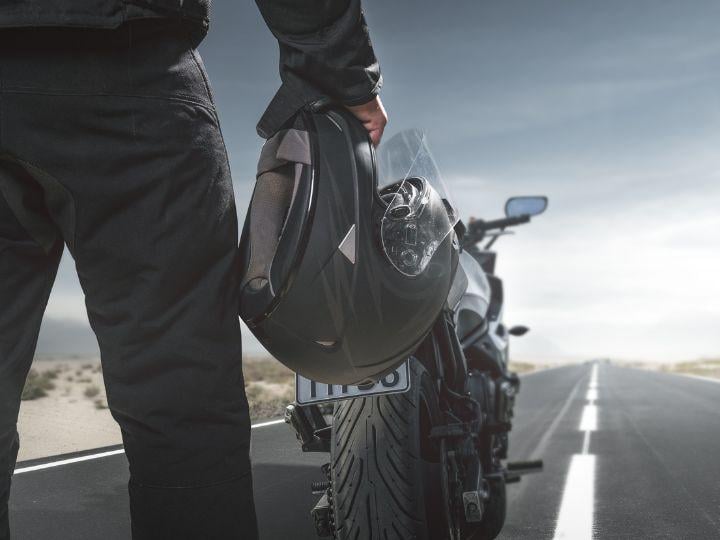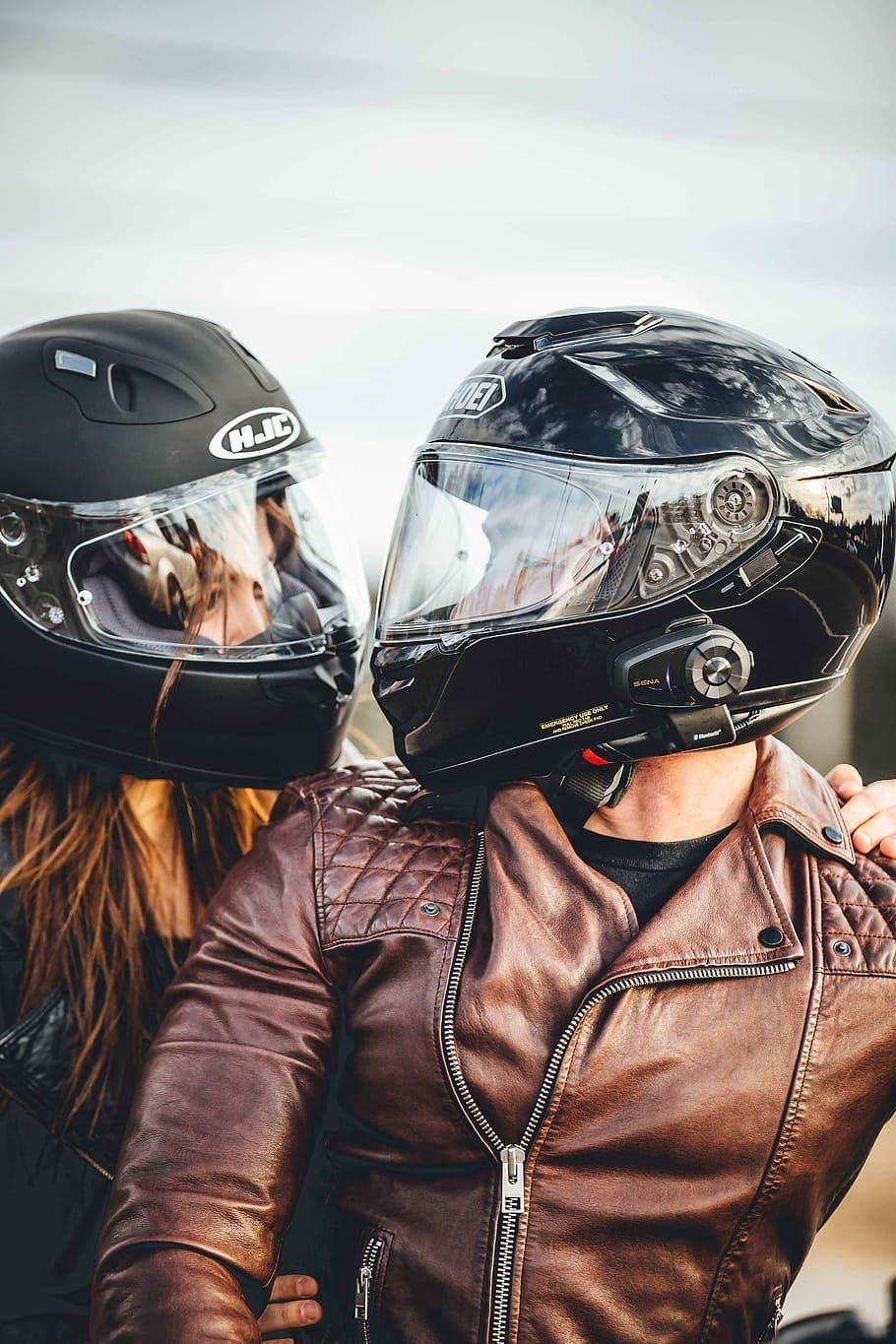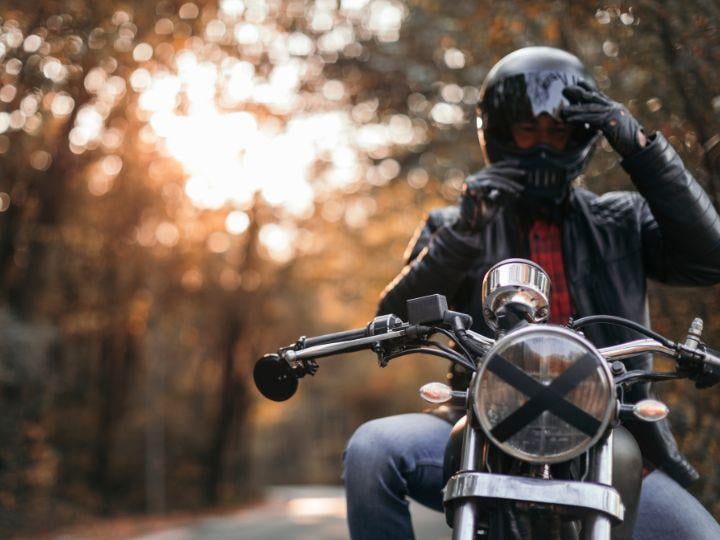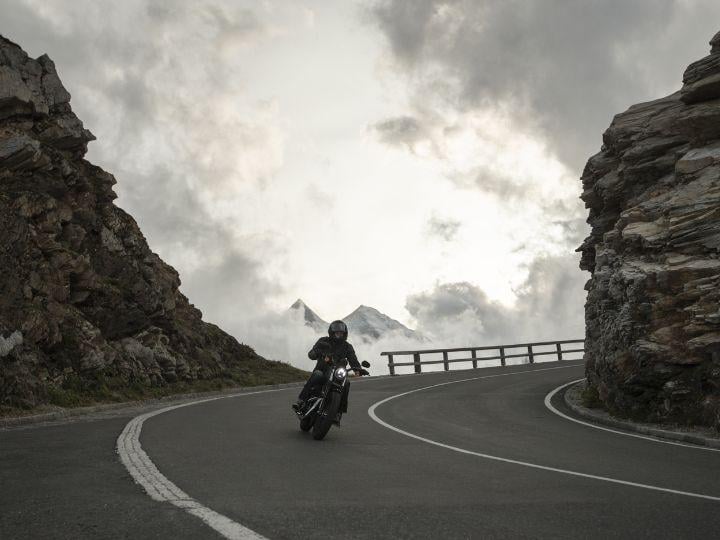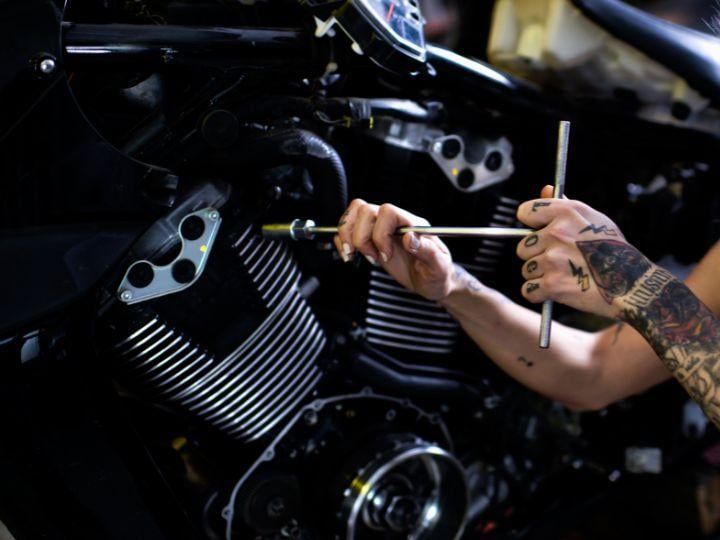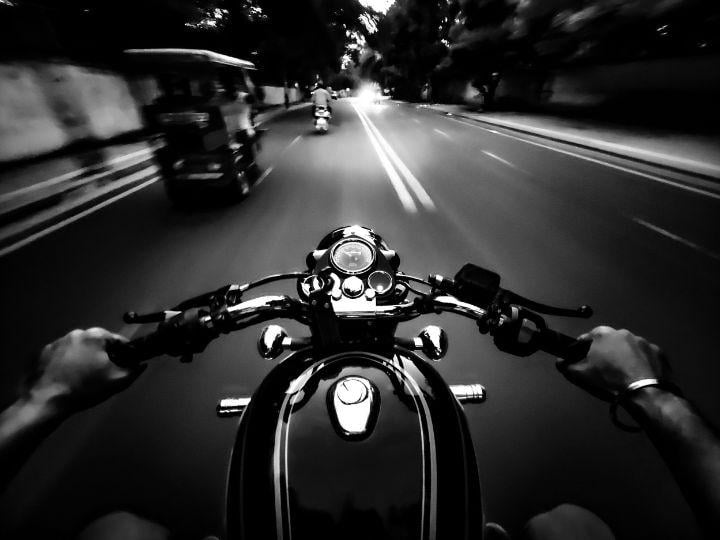
Article Table of Contents
Proper Precautions are the Backbone of Motorcycle Safety
Wear Proper Protective Clothing
Safe Riding Ensuring You Return Home Safely
Proper Precautions are the Backbone of Motorcycle Safety
The odds are, unfortunately stacked against motorcyclists.
We'd like to think we all share the roads, and in theory, we do.
However, the challenges motorcyclists face on the road are vastly different from those driving cars or rigs.
These hazards vary from having no climate control to potentially being sideswiped by the back end of a semi-truck.
Riding a motorcycle takes tremendous planning and effort that those riding in contained vehicles will never have to consider.
There's no way around it; the potential for injury is incredibly high during a motorcycle accident.
A motorcycle injury can vary as widely as some scraped skin to complete paralysis or even death.
That is why here at Arrowhead Clinic Decatur, we want everyone on the road to be as safe as possible and to avoid potentially devastating injury.
That is why we have compiled a brief list of the six best safety practices bikers should follow to stay as safe as possible on the road.
1. Maintain Proper Posture
It is a well-known fact that sitting for an extended period of time places a tremendous amount of stress on one's lower back.
However, more pressures are added to one's back while riding a motorcycle besides one's weight because of your body position.
Depending on the type of bike, you may be forced to keep your body in a non-neutral position in a less than comfortable position, thus adding to the already existing pressure. A comfortable motorcycle seat can help alleviate discomfort while riding.
Riding on a smooth highway versus a poorly maintained one can make all the difference on one's back.
When choosing a bike, consider one that allows you to keep your back in a neutral position and will enable you to maintain proper posture.
This will go a long way in keeping your back healthy and will help you continue to ride your motorcycle safely for a long time.
2. Wear Proper Protective Clothing
Like everyone else, Bikers need to dress for success.
Proper protective gear is essential for safety when operating a motorcycle.
Proper Riding Gear Checklist :
- Motorcycle helmet
- Eye protection
- Riding jacket with protective padding
- Appropriate footwear/motorcycle boots
- Gloves
- Rain gear and bright clothing or reflective clothing in case of inclement weather
- Clothing covering your skin to reduce the probability of severe road rash if faced with the event of a motorcycle accident for the best absolute protection possible.
Traditionally, all leather clothing is worn.
Recently, there has been an influx of leather alternatives for motorcycle safety, such as textile mesh.
Regardless of textile or leather, these materials will do little to protect a biker from the impact of being hit by a vehicle.
Short of a suit of armor, there aren't many outfits that protect a rider from the broadside of a pickup trick.
However, leather and textile clothing will provide decent protection from the harsh asphalt a biker might encounter if launched off a bike.
Jackets are seen as practically a necessity for the needs of safe bikers.
Jeans are often seen as an acceptable form of leg protection while riding.
However, denim is most effective when paired with another layer of protection.
A secondary layer of textile or leather pants is recommended for superior protection.
There are also denim pants with other materials sewn into them, giving additional support.
Full motorcycle suits are also great forms of protection, and wearing bright colors while riding is recommended extra protection that can help other drivers ability to see you.
Closed toe shoes are a necessity.
Motorcycle boots are recommended.
These boots are exactly as the name describes, shoes designed to keep ones feet safe while riding.
Generally these boots have laces on the inside to keep from getting caught and are made of very thick leather.
3. Wear a Helmet
Yes, this easily could have been incorporated under the "Wear Proper Protective Gear" heading.
However, this safety advice is important enough to deserve its own heading, pun intended.
As chiropractic care professionals, we understand that the spine is pivotal in maintaining proper communication and health for the whole body.
However, as essential as the spinal cord is, it is only a channel for communication. The information originates in one's brain.
The spinal cord would have no purpose without an adequately functioning brain.
That is why it is so important to wear a proper motorcycle helmet.
To put it simply, the role of the helmet is to keep your head and brain safe in the event of impact during a motorcycle accident.
It is leaps and bounds the most crucial safety precaution one can take when riding a motorcycle.
According to the Insurance Institute for Highway Safety, helmets are around 37% effective in preventing fatal accidents and 67% effective in preventing brain injuries.
These rates are significantly higher than those who did not wear helmets.
The selection of a helmet is significant for one's safety while riding a motorcycle.
There are a variety of styles to choose from, ranging from a full helmet (covers your entire head and face) to a 3/4 helmet (covers your head and some of your face) to a 1/2 helmet (covers all of your head and none of your face).
For more motorcycle safety statistics, click here!
4. Visibility
Those who ride motorcycles sometimes think of themselves as rough-and-tumble types.
Taking on the road with such little protection takes a certain level of nerve and skill.
As a result of this persona, they will try to look cool as they ride.
Wearing all-black helmets, jackets, and boots is fine and good on a sunny spring day. However, what happens when it's early winter in inclement weather?
It's important that one's visibility remains high when on the road.
This can easily be done by maintaining a bike's reflectors and headlights.
Other adaptions can also be made, such as the strategic placement of reflector tape or bright colors on one's helmet or jacket.
Valid, it will keep you from looking like a steel-horsed cowboy, but it will keep you alive.
Motorcyclists are often missed in people's blind spots, so more precautions on your end to be as visible as possible are highly recommended.
5. Rules of the Road
Another aspect of the motorcycle that makes it so desirable is the feeling of freedom that accompanies it.
There is nothing between you and the world but two tires and a set of handlebars.
This unbridled potential may prove too tempting for some, and certain liberties may be taken on the road.
The best way to ensure safety while on the road is to follow all proper riding rules.
Assure a safe distance to give yourself ample reaction time. Road hazards and brake lights don't often come with much of a warning.
After obtaining a motorcycle license, people often forget critical road safety rules. As a motorcycle operator, it is your responsibility to know motorcycle signals for safe motorcycling regardless of your experience level.
Essential Motorcycle Safe Driving Practices Everyone Should Know:
- Conduct bike checks regularly
- Think ahead
- Know the road rules
- Safety first
- Assure clear distance
- Be courteous
- Assume drivers cannot see you
Before hitting the road, take the time to learn all the nuances necessary for all motorcycle riders; even the most experienced riders face unfortunate events.
It sounds tedious, but you never know what information will make the difference between an exciting yet safe adventure and a visit to the local hospital.
6. Maintaining your ride
Finally, ensuring your motorcycle is in good working condition is pivotal in maintaining safety out on the road.
No one makes the conscious decision to go out on a bike that may suddenly experience a mechanical error.
A rider could follow and adhere to every single safety protocol imaginable for motorcycle riding and still wind up injured or potentially dead due to some random mechanical deficiency.
There is little one can do to combat a sudden equipment failure.
The severity varies depending on what the fault is. Proper motorcycle care must be maintained.
This can easily be attained by regularly taking your bike to the garage, or if you have the ability, maintaining it yourself.
Regular maintenance Checklist:
- Keeping your bike clean and check your chain
- Tire pressure and inspect for any defects and check the tread
- Brake (pressure, pads)
- Check fluid levels (gas, oil, brake coolant)
- Air filter
A properly running motorcycle, coupled with the safety measures mentioned above, will ultimately lead to the continuation of a properly running you.
Safe Riding Ensuring You Return Home Safely
These suggestions are far from arbitrary.
Every single one of them on their own can astronomically decrease one's chances of receiving a severe injury while riding a motorcycle.
No one ever plans on having an accident, yet they happen every single day.
Advocate for motorcyclists and Look twice to save a life.
An ounce of prevention is worth a pound of cure. If you ride a motorcycle, please execute proper precautions in order to stay safe. Defensive driving courses would be an additional benefit for promoting safe riding.
Unfortunately, accidents still occur even after the most careful planning and the best precautions.
Sometimes, it is simply the fault of another driver who was not as careful or responsible as you were.
If you find yourself to be the victim of such an accident, seek medical attention immediately.
Come visit us at Arrowhead Clinic Decatur for an evaluation and to begin your recovery so you can return to riding as soon as possible.



